Forest Bathing and the Healing Power of Trees
6 years ago by
She was my first. I decided she was a she and named her Celeste. We sat in silence for five minutes, me cross-legged on the ground and watching as tiny red ants crawled all over her. After a few minutes, I looked down and realized the same ants were crawling all over me, too. Already we had something in common, my first tree friend and I.
It was my inaugural experience with “forest bathing,” or shinrin-yoku, as the Japanese call it – the art of taking in the forest through all five senses. Contrary to what one friend of mine thought, there’s no tub or nudity involved; in simplest terms, forest bathing is spending time with trees. But because even that sounded daunting (I’m an urbanite to the core), I decided to link up with a guide in Los Angeles, where I live. And so on a recent Sunday afternoon, I met up with a certified forest-bathing expert named Julie as well as a fellow nature newbie, Sarah, at Limekiln Canyon Trail – a two-mile path in LA’s San Fernando Valley that’s surrounded by oak and pine trees and zigzags across a creek. To kick things off, Julie told us to each pick a tree and spend a few moments forging a friendship. Thus my relationship with the bodaciously barky Celeste came to be.
Beforehand, I had read enough about forest bathing to know that it took off in 1982 when Japan established a national health program devoted to the practice. Researchers had picked up on the de-stressing and anxiety-reducing benefits of the forest, and tree therapy became a method of combating the country’s overwhelming struggle with depression (Japan has one of the highest suicide rates in the developed world).
In his book Forest Bathing: How Trees Can Help You Find Health and Happiness, Dr. Qing Li – chairman of the Japanese Society for Forest Medicine – lays out the science behind the practice. He explains that spending time in the forest, specifically, (as opposed to other natural environments, like the beach or an open field) is so healing because trees release phytoncides – natural oils that protect the plants from bacteria, insects, and fungi. These phytoncides linger in the forest air and when humans inhale them, they receive a whole host of benefits, including a boosted immune system, lower levels of stress hormones, reduced blood pressure, decreased anger, greater creativity, improved problem-solving skills, and better sleep at night. What’s more, Li found that you only have to spend two hours per month in the forest to reap the benefits. And bonus: when it comes to forest bathing’s mood-boosting benefits, women experience a greater effect than men.
But even though I had read up on the science, I still wasn’t totally sure what would happen in a forest-bathing session. Li’s instructions only mention ditching your phone and camera and scoping out a spot with good air quality, minimal sound from nearby traffic, and preferably a stream or waterfall (nature’s sound machine). Oh and there should be plenty of trees, obviously. Evergreens (pine, cedar, spruce, and conifer) are best because they produce the most phytoncides. That being said, you don’t necessarily need to be miles deep into the wilderness. Limekiln, the park Julie picked for our experience, has a Starbucks directly across from the entrance. You can hop from Frappuccino to forest within three minutes by foot. Li, who lives in Tokyo, often forest bathes on his lunch break in parks in the middle of the city.
The afternoon I drove to meet Julie I had settled on the idea that forest bathing would essentially be a group hike. I was slightly concerned, however, because we were slated for three hours together. No offense to Julie and Sarah, but yeesh… three hours walking with two total strangers?! What would we talk about? So over the course of my drive I built an arsenal of small-talk starters. I wanted to stick to forest fodder to keep the conversation on theme, so I decided I’d first bring up something I’d read about the Edo period in Japan. Back in those days, the forest was so sacred that the ruling samurai class would cut off someone’s head if they cut down a tree (not exactly the tranquil side of tree-hugging). Next, I’d bring the conversation around to Game of Thrones (crowd pleaser) and point out that Bran spends an awful lot of time around Weirwood trees. Could he be a forest bather? Mmm… maybe better to lead with GOT, then gingerly work my way into decapitation fun facts.
However, color me surprised to find out that shinrin-yoku involves very little small talk. Instead, Julie explained that for the next three hours she’d guide us through a series of invitations. She’d invite us to interact with our surroundings by way of a solo activity, then we’d gather afterward to share observations. Julie grabbed a stick off the ground and laid out the rules – only the person holding said stick would be allowed to speak and we should keep the discussion to the point. It was a little Lord of the Flies, but I was down to give it a go.
In addition to befriending a tree, as mentioned above, invitations included walking in silence, dipping our feet in a stream, and wandering through an area of scorched trunks from a previous forest fire to see if the trees had left messages for us in the ash. (One of the burnt limbs looked like it had been dipped in black leather and I decided that tree was trying to say, punk’s not dead.) Perhaps the most perplexing invitation was when Julie told us to wander for a few minutes and gather any treasures from the forest that caught our eye; we’d then reconvene for show-and-tell. Initially, I thought the phytoncides had gone to Julie’s head, but when we regrouped, each of us with a handful of rocks, leaves, and pine cones, I found the exercise blissfully childlike and curiously calming.
Dr. Qing Li writes in his book about the two ways we pay attention: there’s voluntary attention, which requires effort (working, driving a car, reading a book), and involuntary, which is also called “soft fascination” and requires no mental effort (watching the clouds, feeling a breeze, enjoying a sunset). Though we think vegging in front of the TV is the ultimate form of relaxation, the act still demands effort so it’s not entirely restorative. Spending time in nature, however, is. Li writes, “[Nature’s] soothing sights and sounds give our mental resources a break. They allow our minds to wander and to reflect, and so restore our capacity to think more clearly.” While admiring pine cones and convening with trees, we had turned off all the usual noise – the traffic, the small talk, the podcasts, and, yes, even Game of Thrones.
We finished off the day with a tea ceremony. Julie made the brew right there on the spot, using fresh pine needles from the forest and hot water from a canister she’d been carrying in her backpack. She poured four cups – one for each of us and one to pour out as a tribute to nature (very gangster). As we sipped, I caught sight of a little boy, who couldn’t have been more than eight years old. I watched as he jumped from stone to stone, crossing the stream. About halfway, he suddenly stopped and stared down the length of the water. To nobody in particular, he said, “Wow, it’s just so beautiful.”
A few days later, back in the thick of urban LA life, I sat in the passenger seat of a friend’s car. We were on our way to an event that night, but, surprise surprise, traffic was heavy. She turned off the main throughway to a side street, but the cars were backed up there, too. Frustrated, she pounded her steering wheel.
“Damnit. We’re going to be late,” she said.
I couldn’t help but admire the late-afternoon light – golden rays broke through between the trees lining the street. There were small white puff balls, dandelions maybe, floating upward within the rays like reverse snow against an orange sky.
“Wow, it’s just so beautiful,” was all I could say in return.
Forest bathing can be done on your own, but if you’d like to find a guide in your neck of the world, check out the Association of Nature & Forest Therapy Guides and Programs.

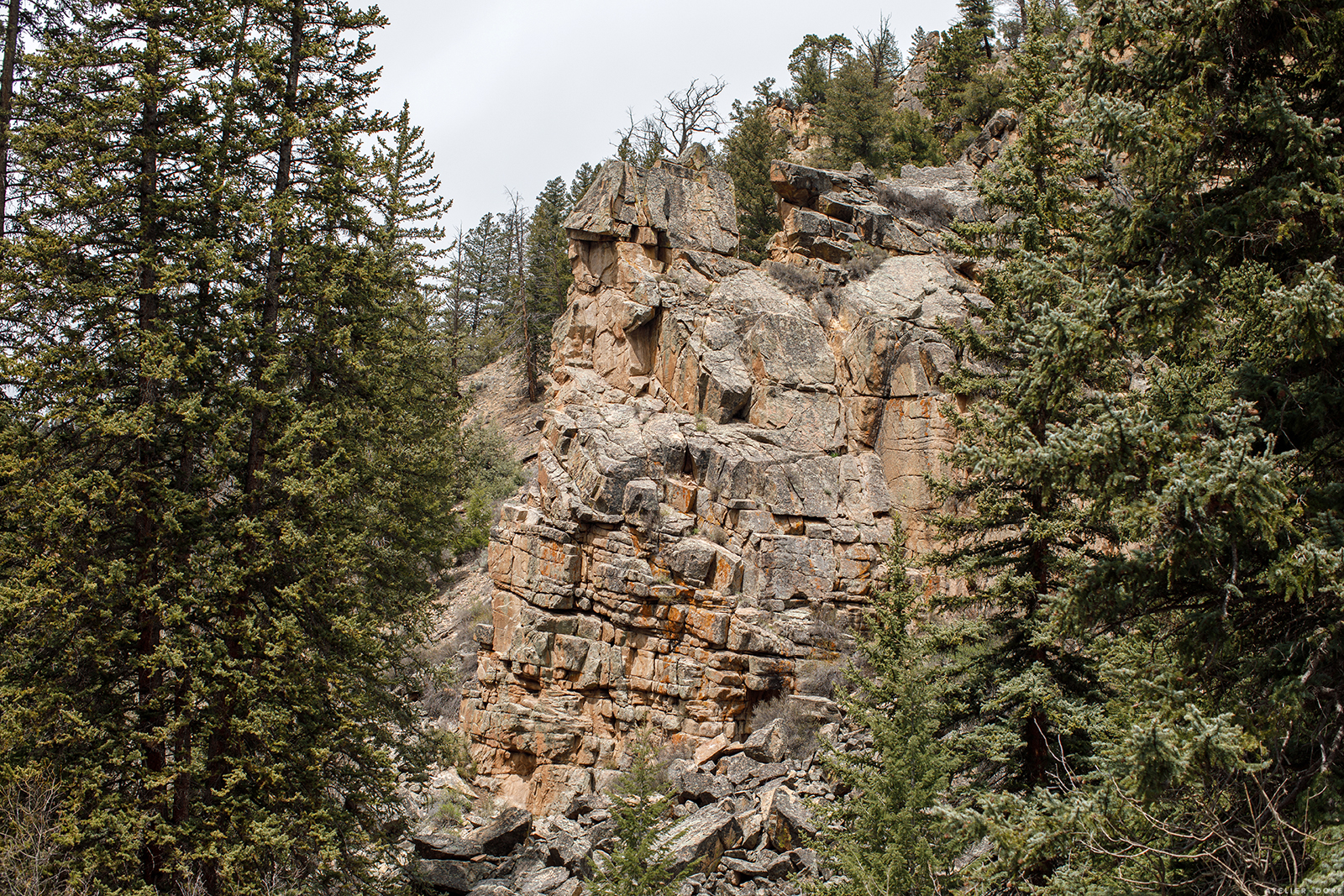





















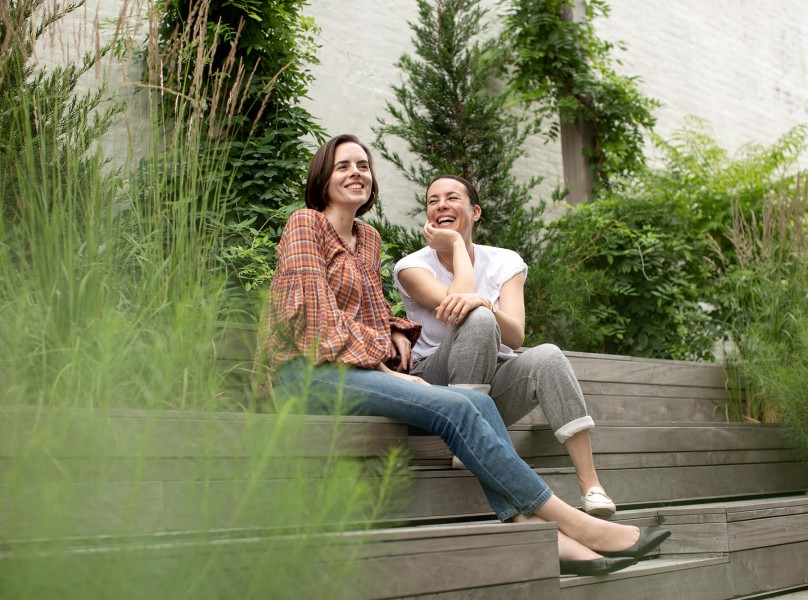

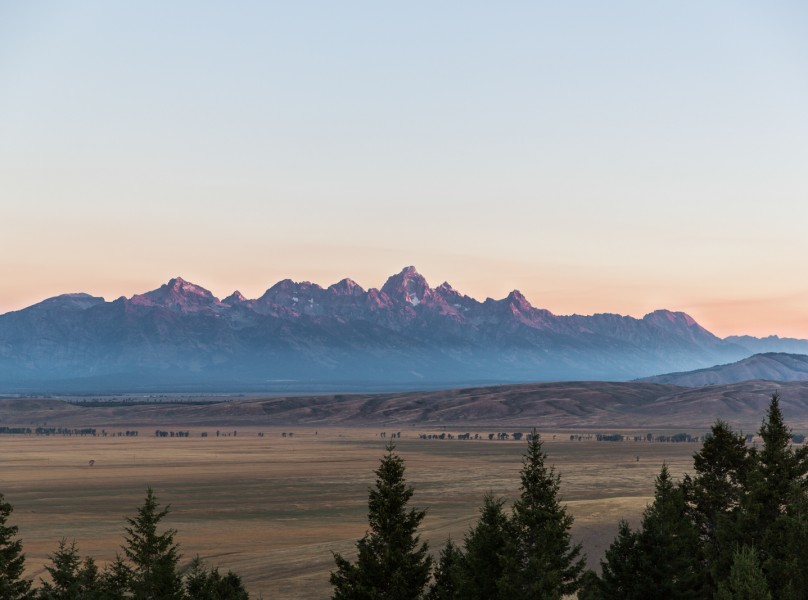


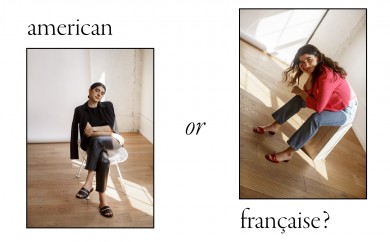
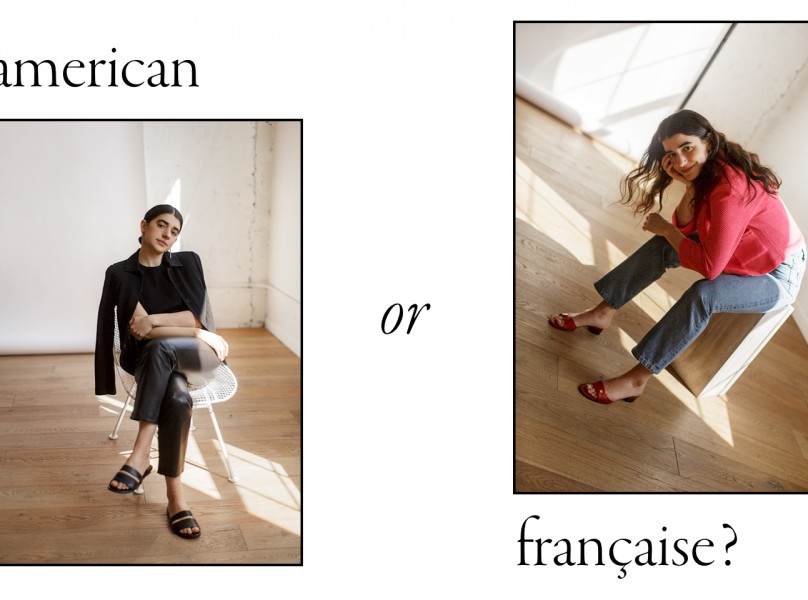














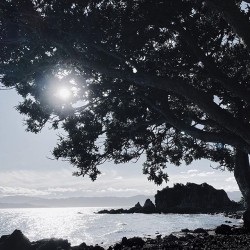


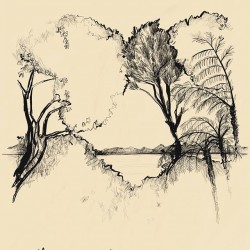

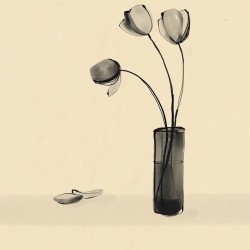



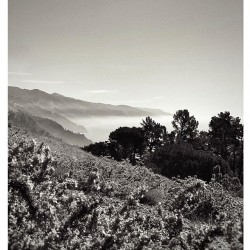
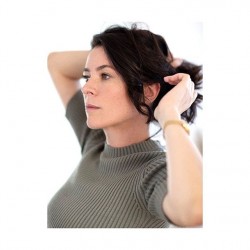


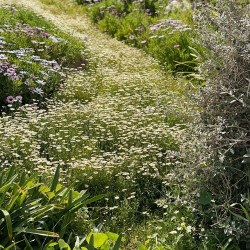


I live near the Otway forests on the South Eastern coast of Australia. I often go rambling for hours with my two boisterous sons. It calms them, soothes my anxieties and the air feels so pure and fresh. I also feel like my skin looks so much plumper and glowy after a forest ramble. I didn’t realise there was a science behind it! Looking forward to reading Dr Quing Li’s book.
I love hiking and spending time in forests but I never knew about all the heath benefits. I mean I knew it was good for us, but not the specifics of it. Very informative article. It was great to read your personal experience of embracing forest bathing.
je me sens toujours apaisée après avoir marché un moment seule en forêt…
This is truly lovely–great content beautifully written. Thank you. :)
During one of my biggest bouts with depression and anxiety, I realized how calming this experience can be and how much I truly loved hiking alone (which yes, can be dangerous in some cases) and furthermore, hiking barefoot. Ever since I was a child, I’ve loved the sound of rocks and gravel churning beneath my feet and re-discovering how mentally soothing this can be in a world with so much ‘noise’ really changed things for me. Thank you for the information and the little reminder that I’ve been in the city for far too long!